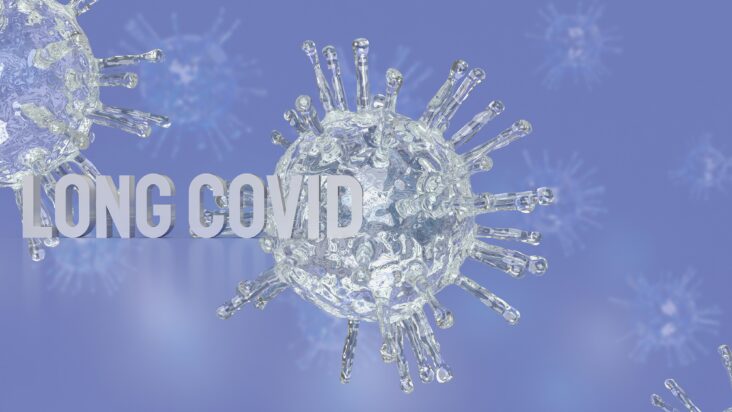Click Here to Download this Blog Post – Long COVID 2025 Part 3
Dr. Nicholas L. DePace, M.D., F.A.C.C.
This is Part 3 of a 5 Part Series about Redefinition of Long COVID
The committee stresses that asymptomatic infections or mild infections can also produce this Long Covid syndrome and is not necessarily related to the severity of the initial Covid, or even a recurrent Covid infection. It may have a delayed onset for weeks or months and can affect children and adults.
The committee also emphasized that there are no biomarkers available to conclusively diagnose this condition. Therefore, it is purely a clinical diagnosis, and the definition is based on clinical observations and findings. There is no blood test available. They emphasize that it can cause disability and affect a person’s ability to work, attend school, care for their family, and care for themselves. This is extremely important as it causes loss of work days, work productivity, and quality of life to the individuals affected. Many patients have described long Covid as having “taken their lives away from them”.
As we look at the features of long Covid syndromes, we note that many of them are found and even without Covid infections in individuals who have connective tissue disorders, such as Ehlers-Danlos syndrome with postural orthostatic tachycardia, mast cell abnormalities with hives, flushing, and GI-disabling symptoms, and other dysautonomia states. Chronic fatigue, we feel, is a manifestation of an autonomic dysfunction state where one does not get adequate blood supply to the brain and gets brain fog and cognitive dysfunction associated with it. We have previously commented on measuring the autonomic nervous system, both the sympathetic and parasympathetic branches and observing a sympathetic withdrawal state, which causes venous pooling as being a major contributor to chronic fatigue both in long Covid syndrome and in dysautonomia states in general, many of which are precipitated or triggered by viral infections. **Therefore, although there are no biomarkers or blood tests that can diagnose long Covid syndrome, we feel that the clinical symptoms and presentation in the proper setting, along with an objective testing of the autonomic nervous system, which looks at heart rate variability often coupled with respiration rate are important to monitor.







